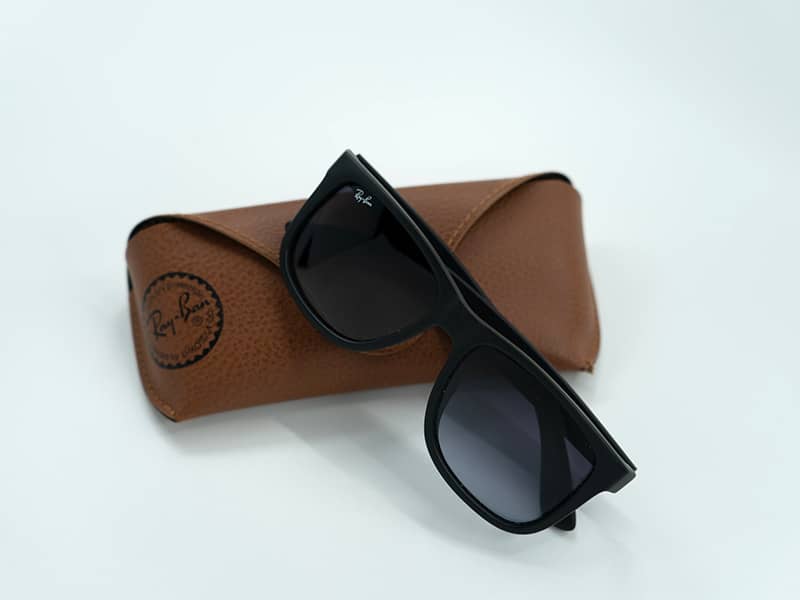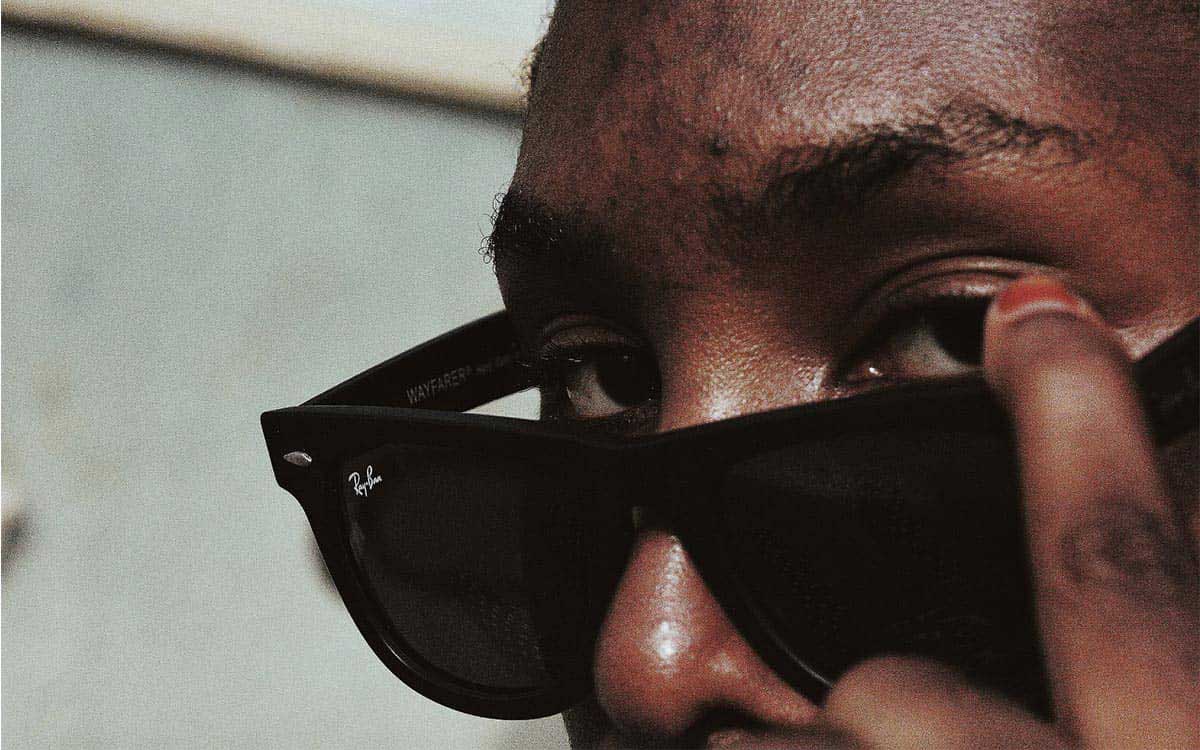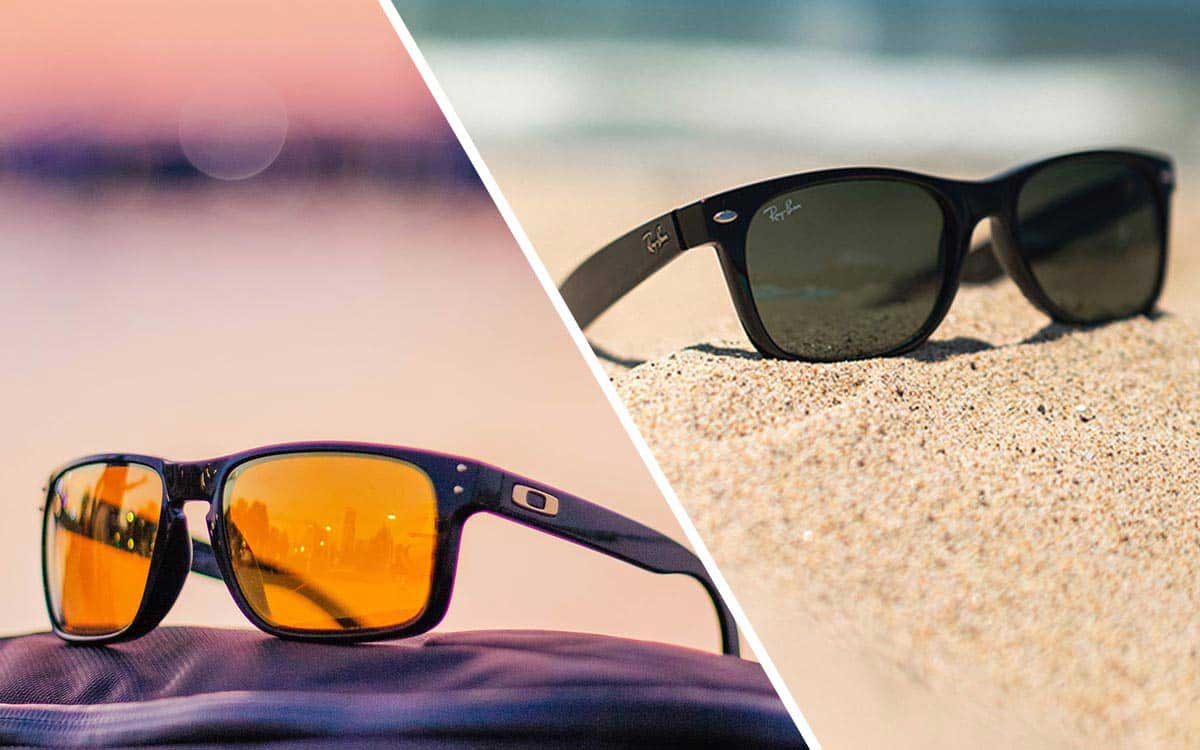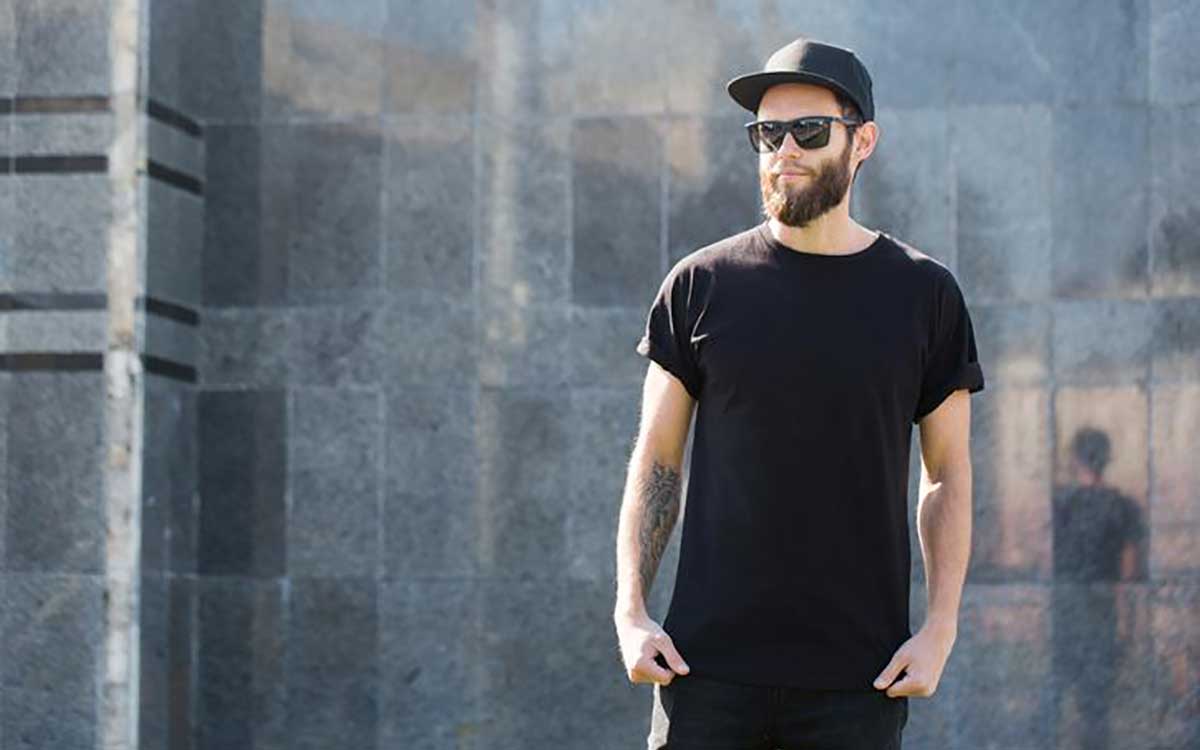The well-known brand Ray-Ban, like so many other of the world’s best brands, has not been excluded from the never-ending battle of imitations. Ray-Ban was founded by Bausch & Lomb in 1936, becoming popular thanks to its iconic Wayfarer and Aviator lines. The make is now manufactured by the company Luxottica, a leader in fashion and luxury eyewear. With fame and reputation, replicas and counterfeits go hand in hand, and many imitators continue to attempt to steal business and, in the process, pose a threat to the undeniable quality of brands by replacing them with poorer quality replicas.
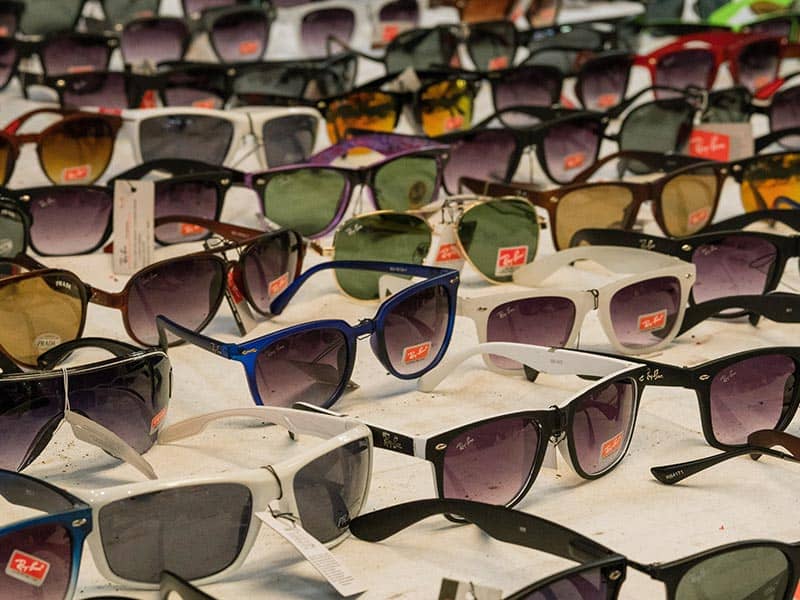
At a single glance, however, a knockoff and a genuine artifact can look confusingly similar. Would you be able to differentiate between fake Ray-Bans and the real deal? To help you out, we've put together a detailed guide so you can quickly discern true from fake, before you get scammed out of your money and end up with a pair of poorly made sunglasses.
How to tell if your Ray-Bans are real or fake
Well, there are a number of factors you can look out for, and by inspecting and evaluating each of them you can effectively save yourself from the embarrassment (and excess cost) of purchasing a poor Ray-Ban imitation and potentially damaging your eyes with poor quality UV protection.
1. Quality
Ray-Bans are high quality sunglasses made by an expert in design and optics. Fakes won’t be. Even the best Wayfarer knockoffs or Aviator knockoffs won’t be as high quality, generally speaking. Genuine Ray-Bans are crafted from the highest quality materials. So, look out for materials that seem less so and are lighter in weight, with an inferior finish, shoddy fixtures and fittings, poorly assembled parts, badly made hinges or nose pads, etc. Do these sunglasses seem as if they were handmade in Italy? Real Ray-Bans are, so bear this in mind.
Another aspect to the quality issue is surface roughness or smoothness on the sunglass frames themselves. Models such as Wayfarer are cut whole from a single block of acetate before being polished to be flawlessly smooth. If the shades you pick up are rough, scratched or scuffed, on the front OR on the back, then they do not adhere to Ray-Ban's exceptional quality and could be fakes. All the fixtures and fittings should be flush where possible, and there should be no visible seams on most pairs.
2. Lenses
Ray-Bans are famed for their optical lenses as much as their iconic frames. Sunglasses, after all, are designed to shield our eyes from sunlight and stop them being damaged by UV rays. Fakes will almost certainly not care about this, and it could be harmful to the health of our eyes if we make do with a poor substitute without care for the international UV standards. In the battle of fake Ray-Bans vs real Ray-Bans, this should be a primary consideration.
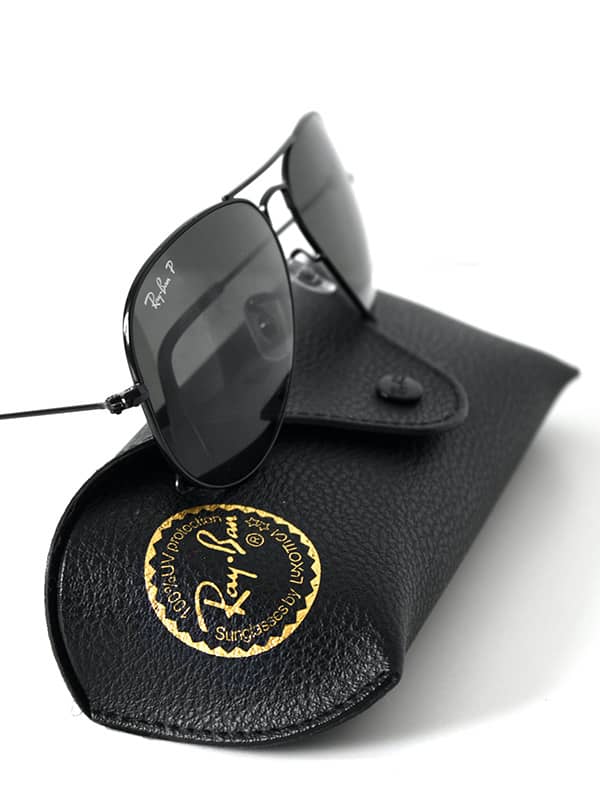
While Ray-Ban lenses can be either glass or high quality plastic (polycarbonate), and neither is proof that the glasses are genuine or fake, what all Ray-Bans do have is an etching, ‘RB’ or, on older glasses, ‘BL’ (standing for Bausch & Lomb). This is usually on the left lens near the far-left side. On fakes, it will be poorly painted or even missing entirely.
Remember, however, that lenses may be replaced over time if they get damaged or scratched. We offer Ray-Ban replacement sunglass lenses, as an example. So, on older or vintage frames, the lack of this etched element may not necessarily signify a fake; but on newer models, it is far more likely to.
3. Hinges
Another way to authenticate Ray-Bans is to inspect the hinges. Again, these should be of excellent quality, made of high-grade metal, and of a very solid construction. If they look cheap and flimsy, we would recommend you rethink your purchase. Cheap hinges are usually a dead giveaway the sunglasses are fake.Typically, real Ray-Ban hinges are cleanly bolted to the frames with two metal rivets on the front and a further two on the side. They are never glued on, and if you see glue or gum spilling or seeping anywhere, this can be a sign of a fake. Furthermore, many of these Ray-Ban hinges are made up of seven interlocking metal teeth, and this can be further evidence to prove that your Ray-Ban sunglasses are the real McCoy.
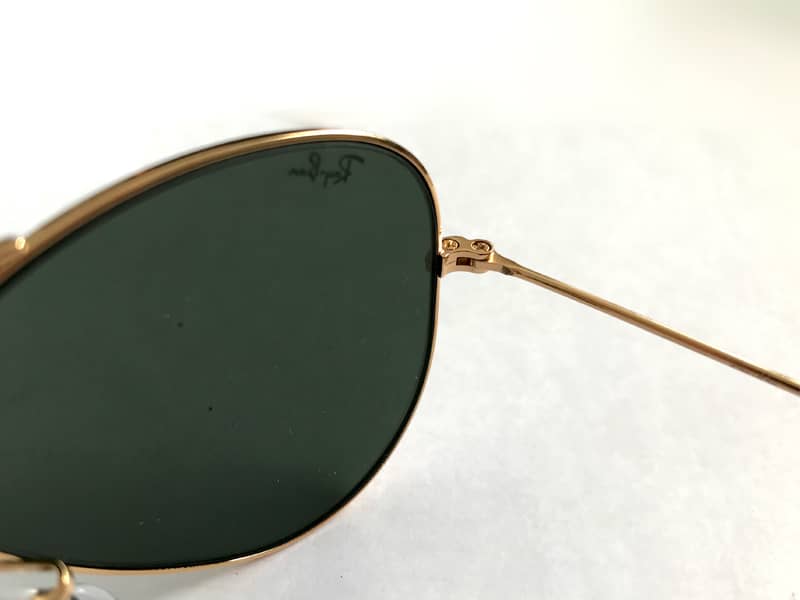
4. Nose Pads
Another way to determine genuine sunglasses from replicas is to look closely at the nose pads. These should be constructed from firm rubber material, and not in any way flimsy, slick, or fragile. They should be securely attached to the frames and difficult to remove. The nose pads on metal Ray-Ban frames will either be entirely transparent or light peach in tone. What’s more, all nose pads on genuine Ray-Bans feature a small ‘RB’ embossed on the center of them.
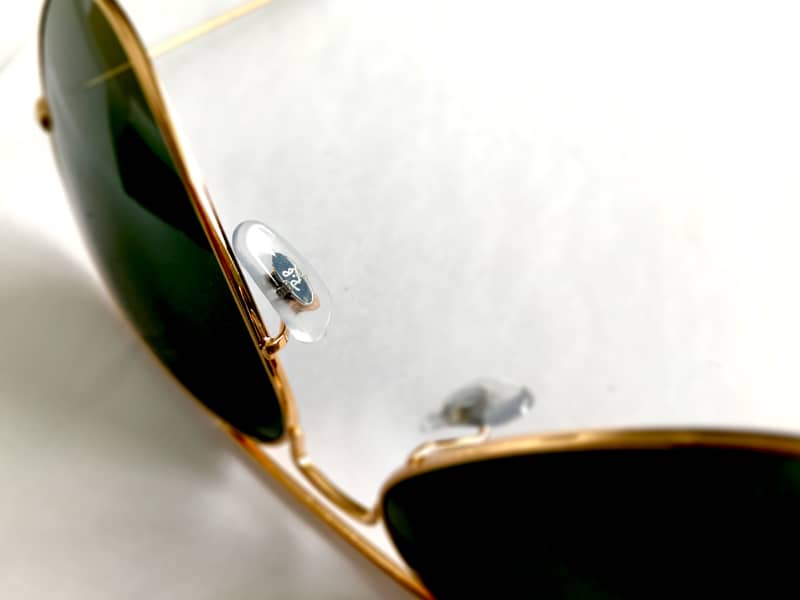
5. Frame
Ray-Bans feature information on the inside of the arms. This comes in the form of lettering, often white in color. The left arm holds information relating to your sunglasses’ serial number and manufacturing batch; the serial number will begin with the letters ‘RB’, and this will be followed by the model name of your sunglasses, e.g. ‘Clubmaster’. The right arm contains the Ray-Ban logo, the words ‘Made in Italy’, and the letters ‘CE’, which signifies that the sunglasses are certified for sale within Europe, as well as other countries. If this text is missing, is painted or printed in a poor manner, or if it is smudged, then this is another sure sign that you’re dealing with fakes.
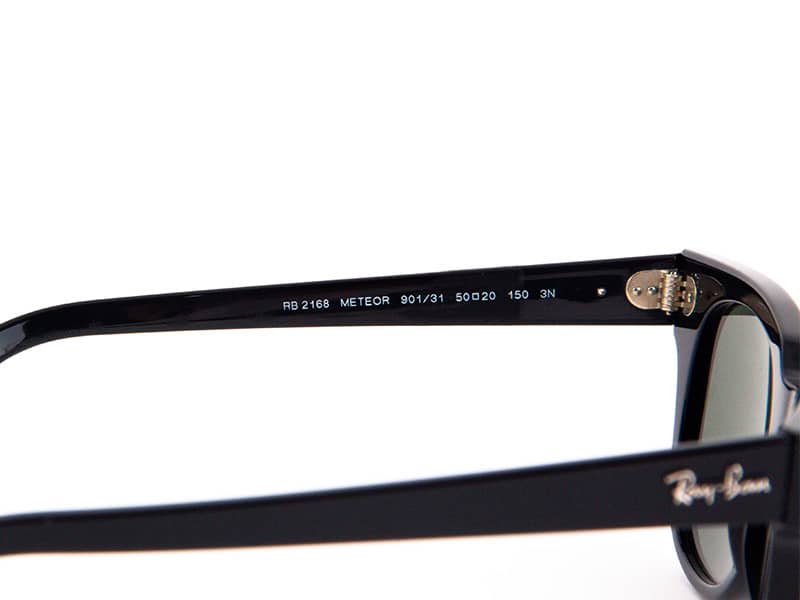
6. Packaging
Did your Ray-Bans come with a case? All genuine Ray-Ban sunglasses come with an official carrying case. In the case of vintage glasses, this case may be missing, of course, but for new shades this comes as standard. The carry case will:
- be textured like real leather, and be brown or black in color
- feature a hard, protective front section
- have clean, professional stitching
- carry a shiny gold logo on the front left side, bearing the words ‘100% UV Protection - Ray-Ban - Sunglasses By Luxottica’
feature a Ray-Ban logo on the snap
Original Ray-Bans also come with a small booklet. The printing, needless to say, will be excellent, and the book itself printed on high quality matte paper. If there are any errors in the booklet, from information to general spelling or grammar, then you’re potentially looking at a pair of knockoffs. A branded cleaning cloth also comes as standard along with the carry case and the booklet.
7. Price
Authentic Ray-Bans are never cheap. Although on sale and markdowns you can sometimes see them starting as low as $60, they are typically priced between $120 - $300. While the cost of used sunglasses can vary, the price should reflect the quality of the brand and the high original price of the item. Price is another sure consideration in knowing if Ray-Bans are real. If an offer seems "too good to be true," it probably is.
One way of ensuring you purchase real Ray-Bans is to buy from a licensed retailer. In the USA, you can use the Ray-Ban website to find licensed and authenticated stores and sellers near you such as The Sunglass Hut who are owned by Luxottica. If in doubt, then of course you can also buy your sunglasses directly from Ray-Ban themselves. The entire catalog is available there, so it’s a primary place for viewing all the latest models and making sure you get real Ray-Bans without any doubt or disappointment at all.
Remember too that, despite the high cost of the original frames, premium replacement lenses, when you need them, are remarkably cost effective. We stock Ray-Ban Aviator replacement lenses, Ray-Ban Wayfarer replacement lenses, and many more. We also offer a bespoke lens creation service in the unlikely event of your Ray-Ban sunglasses being a model that we do not have the pattern for.
So, whether your Ray-Bans are vintage or new, they can stay protecting your eyes from the sun far, far into the future. And you can rest assured, if you follow the advice above, that they are real, genuine Ray-Bans, too.
